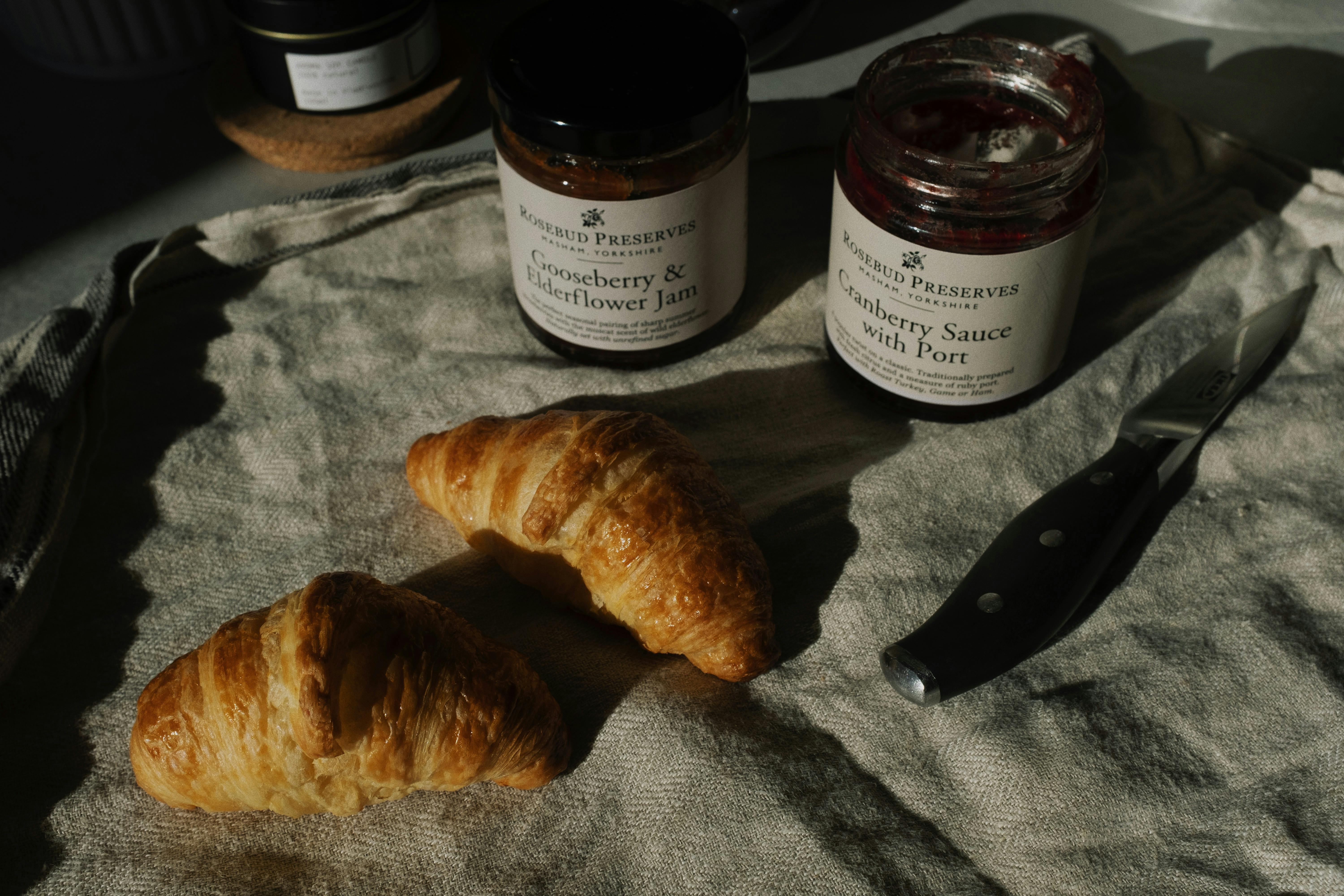How to reuse your furniture

Reusing is a fantastic way to conserve! Reduce spending. Save money. Use eco-friendly materials to further your reuse efforts.
Work with a piece you already own, or buy a secondhand piece at Habitat Restore, Goodwill, thrift store, or consignment shop. You can save money and maybe support a good cause.
It is important to start with a piece of furniture that is well designed or has good design potential. Is it in good condition? Make sure there are no signs of rot or decay by checking for disintegrating wood fibers. Can the part be easily tightened and repaired?
Does the piece need physical enhancement? Is it necessary to add sconces, crown molding, legs, feet or columns? All of these items are available online and at local lumber stores. Recovered items can also be found online.
When upgrading hardware, measure holes for changing handles on center to center. Hinges usually strip when painted due to the constant opening and closing motion. If the doors are at least ¾ inch thick, concealed hinges can be used. This allows enough depth to route inside. If the piece is older in style, a butterfly-style hinge looks good.
If the item needs reupholstering, make sure it fits your budget. Consider the cost of labor and fabric. Eco-friendly fabrics and padding are available online and at some local fabric stores.
Be conservative when choosing your color and finish. The color should reflect elements in your design space and adjoining rooms. The finish should also connect with the elements of your design space. Remember that contrast makes the furniture stand out, while a subtle color will blend it in. Decide carefully what your space needs visually.
When preparing your furniture, sand down to the grit with 220-grit sandpaper to lightly score the surface. Wear gloves, mask, and eye protection. Do not wear contact lenses when sanding. If the cabinet interiors are in good condition, refinishing is not necessary.
Casein (milk-based) paint is excellent for furniture. It dries quickly, sands beautifully, and has a natural matte finish. You can also use good quality clay, soy or acrylic paint to clean up the water. Latex paint is not recommended for furniture as it rolls up when sanded. When casein is used, the first layer must contain a binding medium. For clay, soy or acrylic, start with a good quality primer.
Allow drying time between coats. Remember to sand between coats with 400 grit sandpaper, sanding with the grain. For an aged look, sand bare edges and corners and use a thin aged glaze, especially in crevices. Finish with beeswax to seal the finish and add a patina. Polish with a soft cloth or chamois. It is not necessary to seal a casein paint finish. Enjoy your beautiful repurposed furniture!
All the best in your green decorating endeavors!